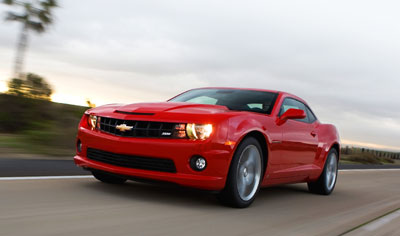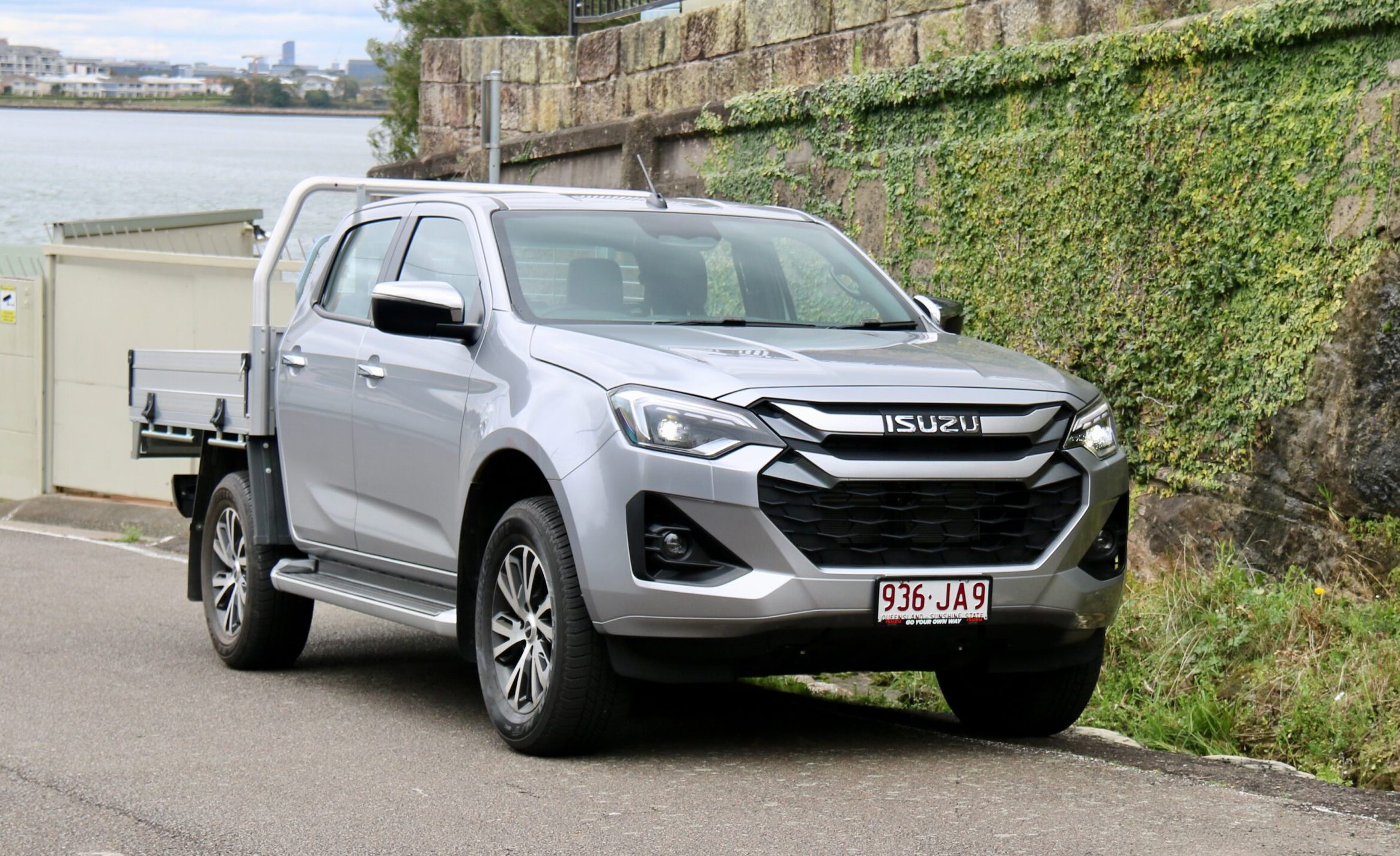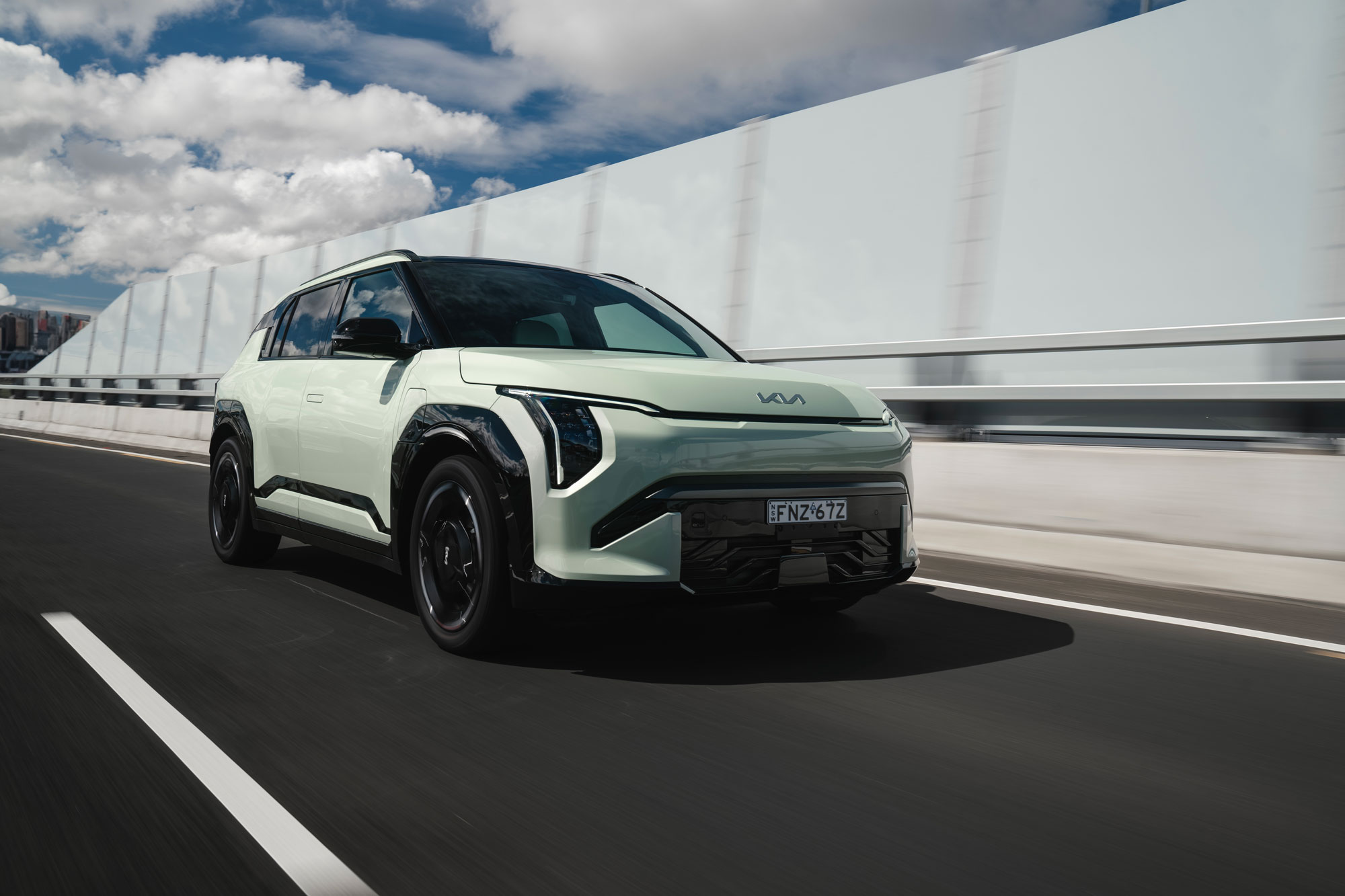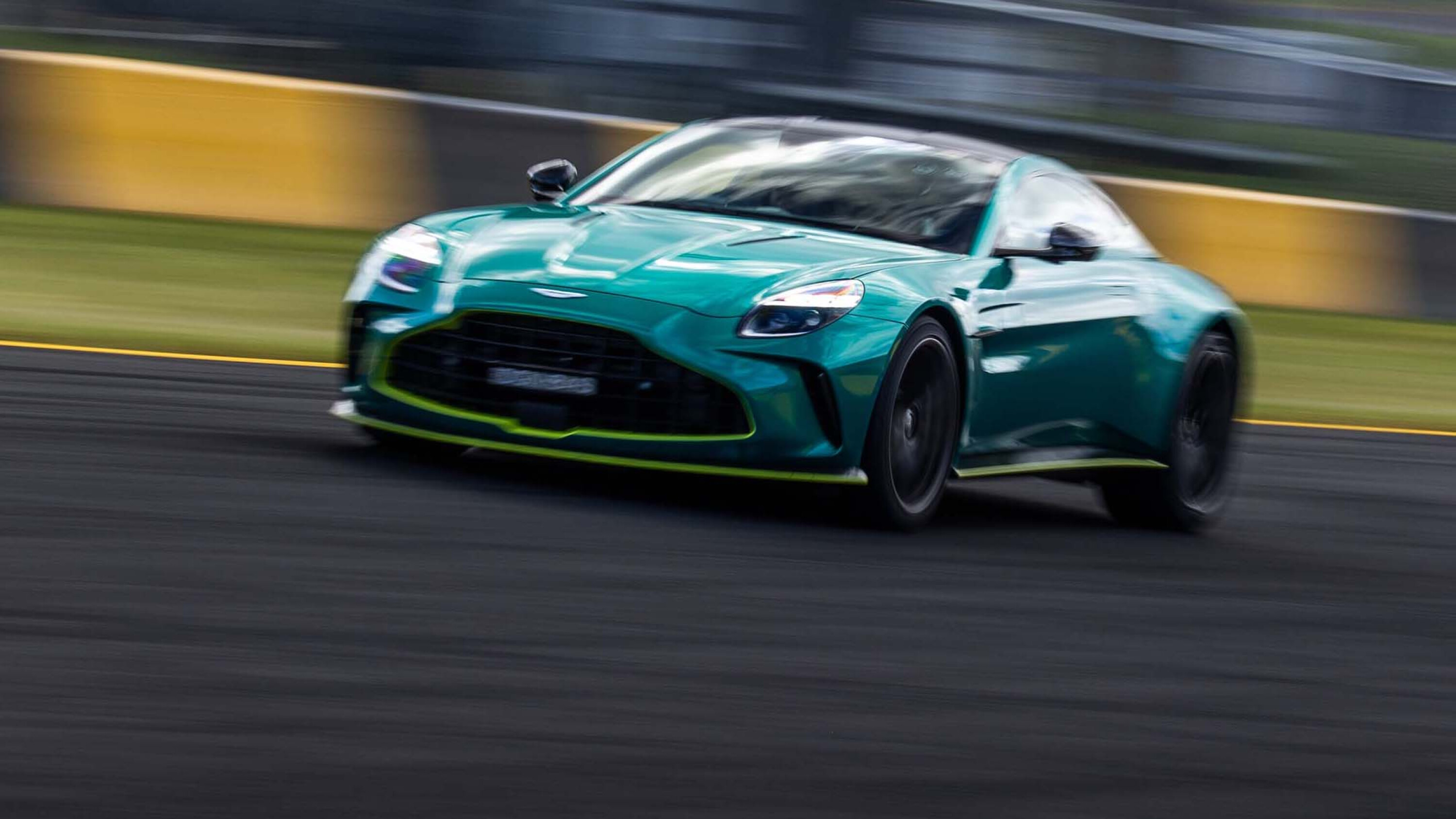Were this a normal year, the new Chevy Camaro would be proof positive that GM has its mojo back. The Camaro delivers on the promise of its competent and refined Zeta platform, GM’s punchy V6 and V8 engines, and Korean-born designer Sang Yup Lee’s show-car styling. But 2009 is anything but a normal year. As the global economic meltdown threatens to tip what was once the world’s mightiest car company into bankruptcy, the Camaro is the right car at the wrong time.
Right now, GM needs the Chevy Cruze – the 1.4-litre turbo-powered four-door sedan based on the new Global Delta architecture – and the much-hyped Chevy Volt hybrid more than it needs the Camaro. And not because either will be hugely popular or profitable, but because these cars are precisely what the politicians in Washington want to see GM building. To the po-faced apparatchiks on Capitol Hill, the Camaro is the sort of automotive frivolity on which GM shouldn’t be wasting taxpayer’s money.Enthusiasts, however, should rejoice. Because the new Camaro is good. Very good. It might be the last to America’s 21st century pony car party – Ford’s McQueen-cool Mustang, comprehensively freshened for 2009, was originally launched in 2004, while Dodge’s lovingly detailed homage to the 1970 Challenger appeared last year. But the Chev is easily the most sophisticated and mature of the three.You know the basics. Engineered here in Australia, the Camaro is based on an evolution of Holden’s Zeta architecture. The Camaro’s wheelbase is 63mm shorter than that of the VE Commodore sedan, but overall length is a sizeable 145mm less, and overall height is down a hefty 90mm. Overall width is up 18mm. Those numbers don’t tell the full story – a key change was a decision to move the front axle centreline a further 50mm forward of the firewall, specifically to give the Camaro the long dash-to-axle ratio the designers wanted.In fact, design priorities drove much of the Camaro’s development. The boot opening is tiny because a wider one would have put the cut-lines in a less attractive place. No matter which wheel you specify – 18-, 19- or 20-inch – the outside diameter of the tyre is always 729mm, ensuring a constant relationship with the wheelarch opening. The aggressive rear quarters are the largest, most complex single panels GM has ever pressed, says Gene Stefanyshyn, the American in charge of the Camaro program. It took 113 passes through the computer before the manufacturing guys figured out they could actually make them.Three engines are available: GM’s 3.6-litre V6, now with direct injection, and two versions of the 6.2-litre V8, all driving through either six-speed manual or automatic transmissions. The V6 powers the entry-level Camaro LS and mid-spec LT, but it’s far from a penalty box. Output is 227kW at 5900rpm and 370Nm at 5200rpm, enough to propel the LT to 60mph (97km/h) in 5.9sec with the Aisin AY6 six-speed manual transmission and 6.0sec with the Hydra-Matic 6L50 auto in US Motor Trend tests. Not bad for a car that, because of the portly nature of the Zeta hardware, tips the scales at a less-than-svelte 1710kg.The V8 Camaros are badged SS. Automatic versions, which use the Hydra-Matic 6L80, are powered by a revised version of the L99 V8 (298kW at 5900rpm and 556Nm at 4600rpm) which features Active Cylinder Management to improve fuel economy. The manual cars, which use the Tremec TR6060 six-speed, are powered by the LS3 version of the 6.2, which delivers 318kW at 5900rpm and 569Nm at 4600rpm. Despite the power differences US testing has shown the automatic is faster to 60mph (97km/h) than the manual – 4.6sec vs 4.7sec – primarily because of its 29.6 percent lower first gear. By the time the cars fly through the end of the standing 400m, however, the more powerful manual car is comfortably ahead.GM offers launch control on the SS manual. The protocol involves pressing the traction control button twice, then flooring the accelerator pedal. The engine management computer pegs the revs at 4000rpm, and you simply sidestep the clutch, leaving the computer to automatically feather the throttle in response to wheelspin. An experienced driver will beat the computer by 0.2 to 0.3sec over the standing 400m, say US road testers, but the system will be a boon to bracket racers at the run-what-ya-brung drags, who have to predict their quarter mile times in advance and, to stay in the competition, not go faster.Ah yes, the drags. With the exception of the Trans-Am racers of the late ’60s, Camaros have been pretty much crap at corners. The new Camaro changes all that. It’s quick and composed though the twisties, no matter the road surface. Default handling mode – at least in the Pirelli P Zero-shod V6 and V8 versions we drove – is mild understeer at the limit, but the Camaro changes direction with alacrity and is unfazed by mid-corner lumps and bumps. Although V6 and V8 versions differ in their suspension settings – the V6s get FE2 suspension, while the heavier V8s get FE3 suspension with stiffer spring and anti-roll bar rates – both perform remarkably similarly when pushed hard. With less weight over the front wheels, the V6s are crisper on turn-in, though the V8s punch harder out of the corners. Both cars offer a ton of mid-corner grip.The base Camaro LS, which comes with the six-speed manual and 18-inch wheels shod with 245/55R18 BF Goodrich tyres, starts at just US$22,995 ($31,865). But the smart set-up is the LT with the RS package, which includes 20-inch wheels, the Pirelli P Zero tyres, and the quad gauge arrangement on the centre console. All in, this top-of-the-range V6 will retail at about US$28,000 ($38,800), and it’s an absolute steal, cheaper and better than Hyundai’s recently launched Genesis 3.8 Coupe, and in a completely different league compared with the lumpen, lacklustre Mustang and Challenger V6s.The SS is also terrific value for money – our manual transmission tester cost less than US$36,000 ($49,900). It comes standard with the 20-inch wheels and super-sticky Pirellis – 245/45R20 front and 275/40R20 rear – plus four-piston Brembo brakes all around. And, of course, 318kW.The new Camaro is the best reinvention yet of the pony car. It captures the spirit of a uniquely American automotive genre (although we kept the notion of American muscle alive in Oz long after soaring insurance premiums killed it off in the US, the Aussie interpretation had moved to sedans rather than coupes by the 1980s) but wraps it up in genuine 21st century handling and refinement.But having finally figured out how to build a truly world-class American performance coupe, GM’s financial crisis means it may never be able to do it again – there’s currently no plan to replace the Zeta architecture. Worse, although a right-hand-drive version of the Camaro was in the product plan from the outset, GM’s cash crunch means it’s been put on indefinite hold. “The car is fully engineered and ready to go,” says Gene Stefanyshyn. “There’s just no money to build it.” He is optimistic – “we might still do it” – but that’s the pony car enthusiast talking. Realistically, it’s not likely to happen.Talk about a cruel irony: Australia made it possible for GM to build one of its most exciting and compelling sports coupes ever, and now us Aussies may never get the chance to drive it.Chevrolet Camaro SS Body steel, 2 doors, 4 seats Drivetrain front-engine (north south), rear-drive Engine 6162cc V8, ohv, 16v Power 318kW/298kW @ 5900rpm (man/auto) Torque 569Nm/556Nm @ 4600rpm (man/auto) Transmission 6-speed manual or 6-speed auto Size l/w/h 4836/1918/1377mm Wheelbase 2852mm Weight 1755kg (manual), 1779kg (auto) 0-97km/h 4.7sec (manual), 4.6sec (auto)






